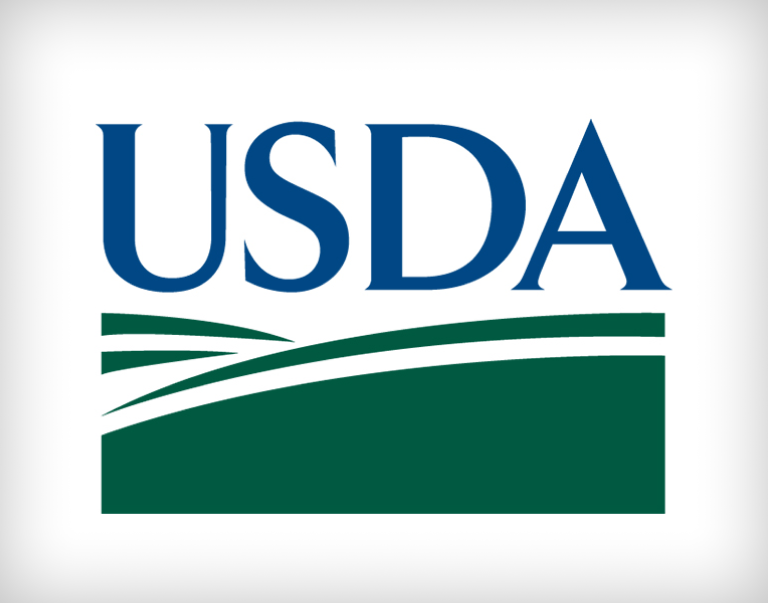Frequently Asked Questions
What is RPA?
Robotic process automation (RPA) occurs when rule-based tasks are automated via software robots that can function across a variety of applications, just as human workers do. A bot can do almost anything a human can do. Bots cannot replace humans; they just allow humans to concentrate on more strategic tasks.
How long has RPA been around?
The term “robotic process automation” was first coined in 2000. The ability to use screen scraping software such as Optical Character Recognition (OCR) and the introduction of customer management, workflow automation software and Artificial Intelligence (AI) allowed businesses to leverage this technology to develop software that can replicate human interactions with digital systems; Hence Robotic Process Automation was born.
How does RPA work?
The software or robot can be taught a workflow with multiple steps and applications. Tasks that are rule-based, have structured inputs, are high volume and labor intensive are great candidates. RPA bots are designed to reduce the burden for employees of completing repetitive, simple tasks.
What can RPA do for me?
Ever say to yourself, this is so boring, repetitive, and easy; Even a robot can do it? Repetitive tasks that require zero creative input are perfect tasks for a bot to handle for you. For example, opening an email, saving, and renaming an attachment, confirming information is present, scraping the received email for information, updating an excel spreadsheet and then emailing your team with latest information. Bots can run these processes after hours to make full and better use of infrastructure.
What Mission Areas have taken advantage of RPA?
Since its inception USDA Mission Areas are seeing the benefits of implementing RPA into their processes to allow their workers to concentrate on more strategic tasks. USDA currently has 65 Bots in Production. Of these OCFO has 21, OCIO has 14, and others are spread among OHRM, FPAC, RD, NRE and FNCS Mission Areas. USDA is also in process of bringing on board non-USDA Agencies such as GSA.
What are some examples of what RPA can do for the Federal Government?
To view Federal Bot Inventory and Use Cases PDF located at Digital.gov, please view the Federal Bot Inventory (PDF, 271 KB)
Is RPA and related tools easily and readily available?
Think of RPA as an “Excel Macro on Steroids”. Currently every federal laptop with MSOffice has Microsoft version of RPA called Power Automate(included) and more powerful Power Apps (may require license)
Are specialized skills required to automate a task?
RPA programming takes advantage of using Low-code or No-Code to develop bots. Low or No code allows people of all skill levels to quickly design applications with little need to sling code via command line as low/no code allows for the dragging and dropping of visual blocks of existing code into a workflow to create bots.
Does it take long to realize RPA return on Investment?
ROI depends on the bot’s complexity however returns are realized via time and labor saved executing the task. Bots are reliable and accurate, they don’t get sick, don’t quit, and don’t call off sick. Bots also maximize use the infrastructure, drives innovation by freeing up employees to focus on high value-added activities and increase the employee’s Quality of Life.
How can I get started?
If available on users’ laptops, one can experiment with the existing MSOffice Power Automate Application located in their MSOffice Suite. For more advanced ideas or for more information contact us at smo@usda.gov.



